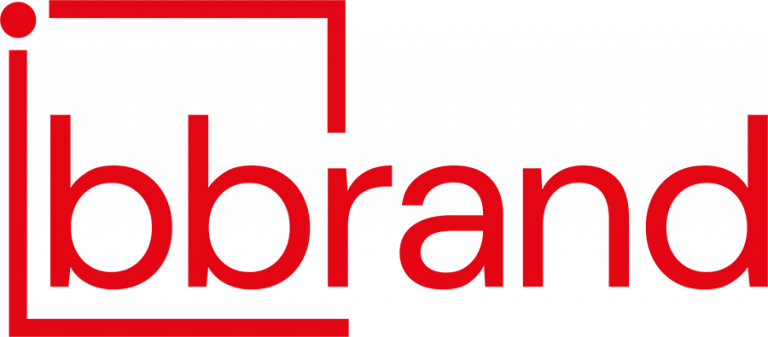Agile, Lean Startup, Design Thinking: have you ever heard of them? Innovation Management methodologies are spreading rapidly: people are thinking of adopting them but are not always aware of their meaning and expected benefits.
First of all, let’s take a brief look at what they consist of.
Agile
Agile was born in 2001 thanks to seventeen developers who launched a manifesto of values dedicated to a new way of creating software applications. A faster, cheaper and lighter way of doing things, to the detriment of the waterfall development used until then. This gave rise to an attitude towards software development that put the user and their needs first. Scrum is the most widespread of the Agile methodologies.
The Lean Start-up
The Lean Start-up approach was devised by Eric Ries in 2008. Ries first applied it to high-tech start-ups and then reported on it in his famous 2011 book “Lean Startup”. This method is primarily aimed at those who want to develop an idea and turn it into a business. Unlike Agile, this methodology starts from the key concept of lean (cutting waste of resources) and focuses on two key questions
- is it possible to build a business on a given product and/or service?
- Is there an audience that would be interested in it?
Design Thinking
The brainchild of Tim Brown of the global design innovation company Ideo, this approach uses the principles and tools of strategic design. Today it is particularly popular as a design model for solving complex problems using creative vision and management. Design Thinking is usually applied by a multidisciplinary team to find an innovative solution to a problem. In this process, acceptance, induced profitability and economic sustainability are taken into account to achieve a verifiable result in a relatively short time.
An innovative modus operandi for companies
There are many advantages, but also pitfalls, associated with the application of these methodologies. Without careful governance and real collaboration between the stakeholders involved, you risk generating internal chaos. At this point it is natural to wonder how to be innovative by adopting a method that allows us to respond to market needs without sacrificing creativity for the benefit of the business. This is one of the major pain points that afflicts many Marketing and Communication companies that, in increasingly uncertain contexts, find themselves competing to build a sustainable business and win their share of the market.
bbrand, a think-tank of innovative projects active in Italy since 2013, has studied all these methodologies to take inspiration and develop its own modus operandi. A working method capable of balancing creativity, organisation, governance, experience and methodologies. Based on the needs of the companies we come into contact with, we focus on developing the ideas behind the strategy we are going to implement through agile action plans.
Our iterative and measurable approach can be applied to the analysis, planning and execution phases of marketing and communication strategies. The aim is to
- improve collaboration between team members and all other organisational stakeholders;
- increase the quality of activities carried out;
- produce valuable activities for both internal and external customers;
- focus on internal and external customers to meet their needs in a timely and effective manner.
Agile Team
Keeping up with the pace of the market is essential to be ready to shoot in the direction of business scenarios. bbrand believes in an on-the-move philosophy. Being able to measure results, readjust processes and produce the most effective action possible is what makes the difference. Flexibility, productivity and transparency are our keywords. All this, however, is only possible thanks to a cohesive team that does real teamwork and is 100% involved in the agile approach. We speak the same language and share the same method. According to us at bbrand the secret to fast business growth is based on individuals, their interactions on processes, collaboration with customers and response to change in following a plan.
Want to know more? Contact us to learn more and test our approach.


